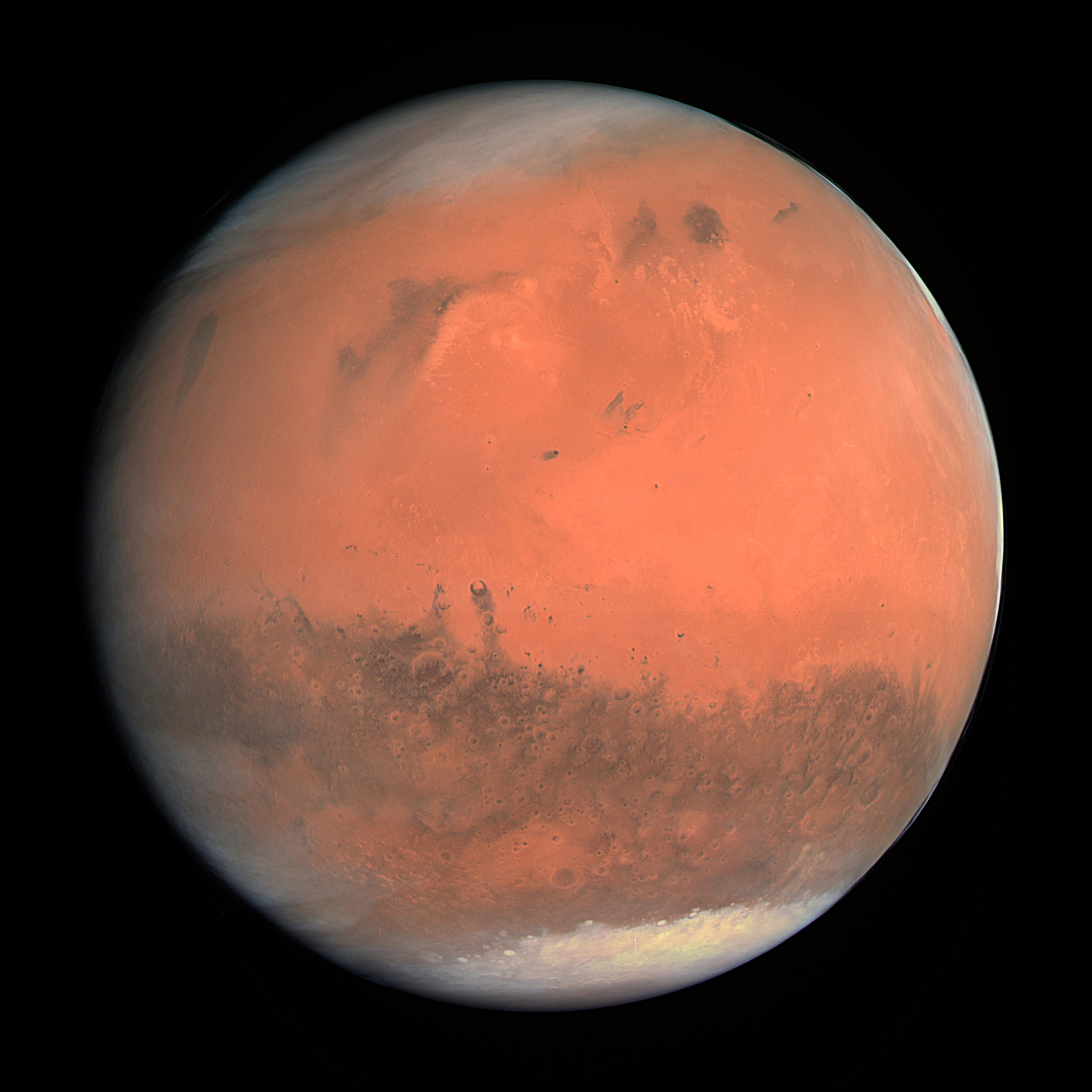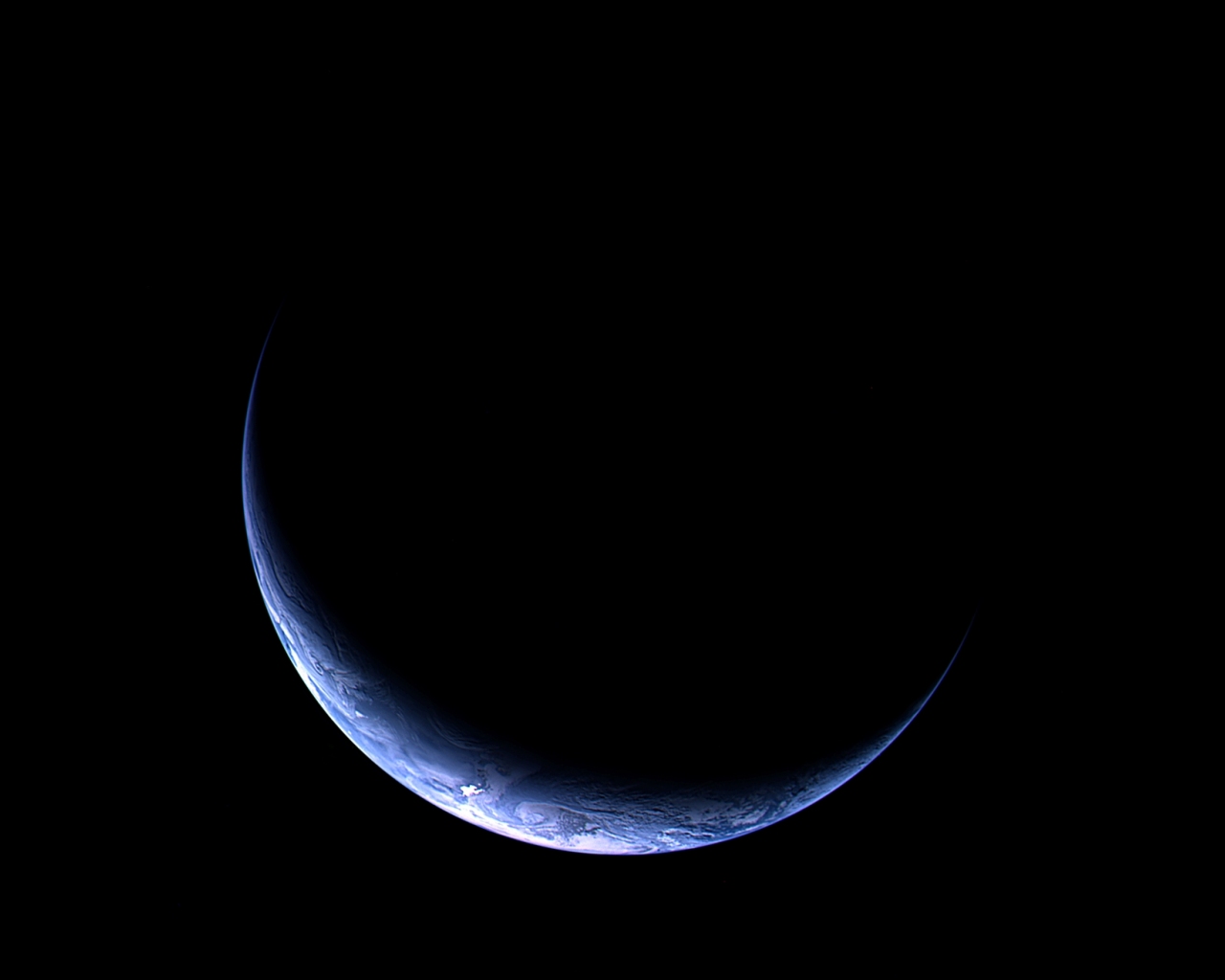Rosetta should look south for safe landing site.
ESA’s Rosetta mission needs to deliver its lander, Philae, to a site in the southern hemisphere of comet 67P/Churyumov-Gerasimenko, according to a new study of the comet’s nucleus.
“Southern sites appear to be both the safest and the most scientifically interesting,” said Jeremie Lasue, who will be presenting the findings at the European Planetary Science Congress in Rome on Thursday 23rd September.
“Churyumov-Gerasimenko is a time capsule holding material from the birth of the Solar System. The nucleus’s southern hemisphere has been heavily eroded, so Philae will not have to drill down far to find those pristine samples. At the time of Rosetta’s rendez-vous, gas will be escaping mainly from the northern hemisphere, so it will be safer for Philae to touch down in the south. In addition due to the orientation of the comet, the southern hemisphere will be protected from extreme temperature variations at the time of delivery,” said Lasue.
After a ten-year chase, Rosetta is due to begin manoeuvres to rendez-vous with comet Churyumov-Gerasimenko in May 2014 and go into orbit around the nucleus in August. Philae is scheduled to drop down onto the surface of the nucleus in November. The orbiter and lander will then monitor the comet’s evolution over the next 13 months as it approaches the Sun and then travels away again.
Lasue and colleagues from the INAF-IASF and IFSI institutes in Rome have developed three-dimensional computer models that predict the activity of Churyumov-Gerasimenko’s nucleus from the first few months of Rosetta’s initial encounter until the comet’s closest approach in August 2015. Comet nuclei are a porous mixture of dust, ice and frozen gases such as carbon dioxide and carbon monoxide. As the nucleus approaches the Sun and starts to heat up, the gases vaporise and the tail, or coma, starts to form.
The models predict how heat is transferred through the layered nucleus and the vaporisation rates of the ices as the comet approaches the Sun. Churyumov Gerasimenko’s lumpy, diamond-shaped nucleus is tilted at an angle of 45 degrees, which means that the south pole is in the full glare of the Sun at the closest approach. The simulations show that after several orbits close to the Sun, the south pole has been significantly more eroded than the north, potentially giving Philae easy access to pristine cometary material just below the surface. Philae will be able to drill down up to 30 centimetres to collect samples of the cometary soil for on-board analysis.
The south also looks to offer the most stable landing conditions. At the time of landing, the northern hemisphere is illuminated and activity due to escaping gas is concentrated there, with up to 30 kg of gas and 50 kg of dust emitted per second. Gas escaping from the comet’s interior drags dust grains up to the surfaces. Small dust particles are carried away into the coma, while larger grains build up on the surface, forming a coating known as a dust mantle. The simulations show that a dust mantle approximately 20 centimetres deep will have formed in the southern hemisphere, compared to a coating of just a couple of centimetres in northern regions.
“When Philae lands, temperatures at the equator may rise above freezing and could fluctuate by around 150 degrees Celsius. However, the regions close to the south pole will keep more stable temperatures. From our present results, we’ve concluded that the southern hemisphere promises the best landing sites. As more data on Churyumov-Gerasimenko becomes available to better quantify our results, we will be able to add to the picture and help prepare for a safe landing for Philae,” said Maria Cristina De Sanctis, co-author of the study.
Another reason for choosing a southern hemisphere landing site is that Philae is powered by solar cells, so will experience higher levels of illumination as the comet approaches the Sun.
IMAGES
Image showing orbit of comet Churyumov-Gerasimenko and Rosetta during the encounter (not to scale):
www.europlanet-eu.org/outreach/images/stories/ep/news/epsc2010/rosetta_orbit_landing.jpg
ANIMATIONS
Surface illumination of the nucleus of comet Churyumov-Gerasimenko at the time of Rosetta’s rendez-vous with the comet at approximately 3.5 AU from the Sun (1 AU = 149.6 million kilometres). The comet nucleus’s rotational period is approximately 12 hours. Credit: Lasue/INAF
www.europlanet-eu.org/outreach/images/stories/ep/news/epsc2010/illum_anim_3.5au.gif
Surface illumination of the nucleus of comet Churyumov-Gerasimenko at the time of Philae’s landing on the comet nucleus (approximately 3 AU from the Sun).
www.europlanet-eu.org/outreach/images/stories/ep/news/epsc2010/illum_anim_3au.gif
Surface illumination of the nucleus of comet Churyumov-Gerasimenko at closest approach to the Sun (approximately 1.5 AU).
www.europlanet-eu.org/outreach/images/stories/ep/news/epsc2010/illum_anim_peri.gif
FURTHER INFORMATION
This research has been sponsored by the French Space Agency (CNES) and the Europlanet scientist exchange program. The model has been produced with the collaboration of Maria Cristina De Sanctis, Maria Teresa Capria, Angioletta Coradini and Diego Turini of the Istituto Nazionale di Astrofisica’s Instituto di Astrofisica Spaziale e Fisica Cosmica (INAF-IASF),
http://www.iasf-roma.inaf.it/, and the Istituto di fisica dello Spazio Interplanetario (INAF-IFSI),
http://www.ifsi-roma.inaf.it/ifsi/, in Rome, and the Lunar and Planetary Institute (LPI),
http://www.lpi.usra.edu/.
The Rosetta Mission.
The European Space Agency’s Rosetta spacecraft will be the first to undertake the long-term exploration of a comet at close quarters. It comprises a large orbiter, which is designed to operate for a decade at large distances from the Sun, and a small lander. Each of these carries a large complement of scientific experiments designed to complete the most detailed study of a comet ever attempted.
More information on Rosetta can be found on the ESA website:
www.esa.int/esaMI/Rosetta/index.html
---------- Post added at 04:33 AM ---------- Previous post was at 04:32 AM ----------
ESA: "Rosetta operations strategy modified following a RCS test".
In 2011 the Rosetta spacecraft will go into a 2.5 year hibernation until its reactivation to prepare for its encounter with Comet 67P/Churyumov-Gerasimenko in 2014.
In September 2006, during a period without contact with Earth, a pressure reading in the Reaction Control System (RCS) had dropped unexpectedly to zero. A leak had not seemed the most likely explanation at the time. Nonetheless, all eventualities had been evaluated before any spacecraft tests were carried out this year. During a test performed on the RCS on 9th September 2010, the data on the pressure showed there was a leak in an area which cannot be isolated.
The leak implies a modification in planned spacecraft operations and thus the RCS will not be re-pressurised as planned in January 2011. The system will be operated using existing pressure in so-called "blow-down" mode. This increases operational uncertainties, but the margins remain comfortable.
Ground tests have been done to characterise fully the behaviour of the Rosetta thrusters at low pressure. This has allowed identification of operational measures giving an optimised rendezvous manoeuvre strategy and an optimised thermal control of the fuel tanks during rendezvous manoeuvres. This was also aided by the fact that fuel allocated for uncertainties on manoeuvres in the first part of the mission has not been used and can now be utilised for this optimisation.
Thus, despite the unwelcome news, an operation strategy has already been defined that conserves the mission objectives without re-pressurisation of the RCS system.
The strategy achieves the required mission by delaying the start of the post-hibernation rendezvous manoeuvre by about one week. This small delay is safely within the uncertainties still existing in the overall comet operations timeline.
The rest of the mission manoeuvres will be performed at low pressure, with lower but acceptable efficiency. No impact on the comet science operations is expected and in particular the date for lander delivery is kept within the originally planned window.












 This map of Lutetia is centred on the north pole. The number of craters in the asteroid's various regions have been used to date the surface. Some parts of the surface are 3.6 billion years old, while others are just 50–80 million years old.
This map of Lutetia is centred on the north pole. The number of craters in the asteroid's various regions have been used to date the surface. Some parts of the surface are 3.6 billion years old, while others are just 50–80 million years old.